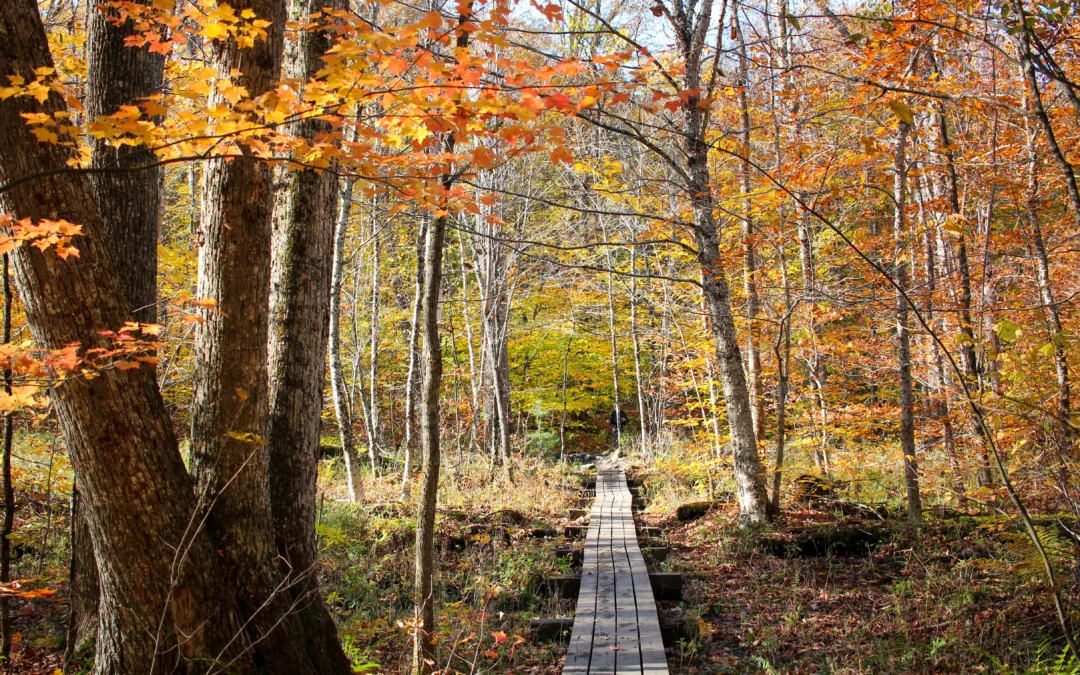Eastern Quebec, and in particular the Côte-Nord region, is one of the best places in the world for whale watching. Every year, thousands of curious whale-watchers travel to the place where the Saguenay Fjord meets the St. Lawrence River to admire these marine giants in their natural habitat. But for the experience to be truly magical, you need to know when, where and how to observe them. In this article, we give you all the tips you need for an unforgettable experience, whether you’re on land or on the water.
Why it’s a unique place to see whales
Geographical location! The meeting of the warm, fresh waters of the Saguenay River and the cold, salty waters of the St. Lawrence River creates a zone conducive to the proliferation of food for whales, such as phytoplankton and fish. And the whales follow the food! Up to 13 different species can be seen here, including belugas, fin whales, minke whales and even the famous blue whale.
You don’t need to travel to the other side of the world for an exceptional whale-watching experience: whales sometimes come within a few meters of shore.
Psst! Open your eyes wide when you take the ferry to Baie Ste-Catherine. The short crossing often turns into a grandiose spectacle if you take the trouble to get out on the deck of the boat 😉
When is the best time to watch whales?
The whale-watching season runs from late May to October, but the best time is between July and September.
- May to June: the first whales arrive, especially minke whales.
- July to September: maximum presence, milder weather, excellent visibility.
- October: the last appearances, in a calmer atmosphere with autumn colors.
If you want to combine whale watching and autumn roadtripping, September is undoubtedly the best time to enjoy the calm and colors of autumn.
Whale-watching tips and best practices
Whale watching is an unforgettable experience, but it requires preparation to be successful and respectful.
- Bring binoculars: even from the ground, they’re a great way to see details.
- Be patient: whales are unpredictable. Sit back, watch and wait.
- Dress warmly: even in summer, the river winds are cool.
- Favors quiet times: early morning or late afternoon are often busier times for cetaceans.
Sea outings: boat or kayak?
For an immersive experience, nothing beats a trip out on the water. There are several options:
Boat or zodiac cruises
Perfect for those who want to maximize their chances of seeing several species. The guides on board share their knowledge of cetaceans and their environment.
Sea kayaking
A gentler, quieter, more intimate experience. Ideal if you want to feel the power of nature without motors or crowds. Of course, it requires a little more physical conditioning and good weather.
In all cases, we strongly encourage you to store carefully for the company you choose to do business with, choosing, for example, those run by members of the North Shore Innu Nation and, above all, those that respect the rules of approach and distance imposed by the authorities.
Whale watching from land: the best vantage points
You don’t have to be on a boat to see whales. Several sites offer spectacular views of their passage:
- La Pointe de l’Islet: easy-to-access trail along the river, with several observation points.
- The Marine Mammal Interpretation Center (CIMM): learn, observe and put down your binoculars.
- La dune de Tadoussac: accessible by hike, ideal for sunset.
- Center of interpretation and observation of Cap-de-Bon-Désir: popular spot, with observation platforms and on-site guides.
- All along Route 138 East: it’s not called the Whale Route for nothing 😉
Respecting marine life: a few rules to follow
Whale watching is a privilege. Here are a few essential reminders for responsible, sustainable whale-watching:
- Never voluntarily approach a whale to within 100 m (150 m for some species).
- Do not feed, touch or interact with marine mammals.
- Avoid noisy behavior on land and at sea.
- Do not use drones without authorization.
Remember, it’s up to you to adapt to their rhythm, not the other way around.
Where to park and sleep in a converted van
The North Shore is the perfect destination for a roadtrip. There are several options for sleeping near birdwatching sites:
- Camping Tadoussac: fjord views and full services.
- Camping Le Paradis Marin (Les Bergeronnes): very popular with vanlifers, with a viewing platform right on site.
- National Park of Fjord du Saguenay: combine hiking and whale watching.
Several municipalities in the region have set up free spaces for travellers in vans, so don’t hesitate to visit the tourist information centers to find out where they are!
Meet the whales with Le Baroudeur
Whale watching is much more than a simple activity: it’s a suspended moment, a face-to-face encounter with nature that leaves a lasting impression. And to enjoy this experience in complete freedom, there’s nothing better than a fully equipped van.
At Le Baroudeur, we offer you fully equipped, practical and comfortable vans to travel the roads of Quebec at your own pace. Our vehicles are designed to offer you autonomy, flexibility and comfort, whether you’re by the fjord or near the St. Lawrence River.
Book your van now and experience the magic of whales.
Source and information: Baleinesendirect.org

